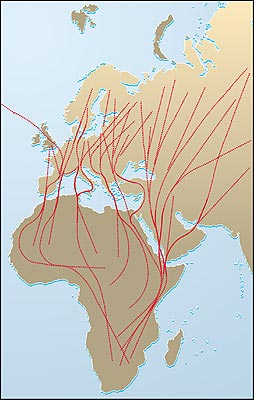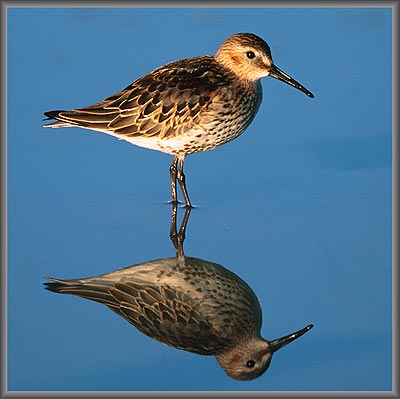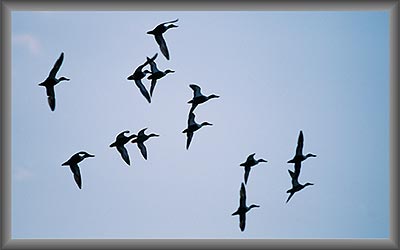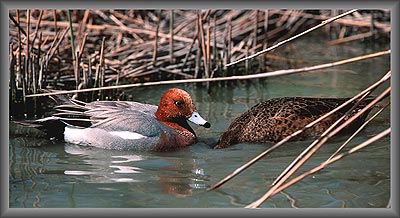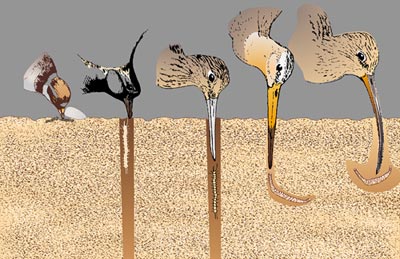Thanks to the high level of primary production, wetlands can boast the richest and most complex biotic communities of all.
Birds are the most represented class among the vertebrates.
At the same time, because of their vivacity and wide range of shapes, colours and songs, they are the faunistic component with the highest aesthetic and emotional impact.
The wetlands of Northern Tuscany are located along the migratory route linking the two largest wetland systems in the country: the valleys and lakelands of the high Adriatic and those along the Mid-Tyrrhenian coast.
Every year, thousands of ducks, geese, waders, coots, cranes cormorants, herons, terns, falcons and small passeriformes cross this route on the way from their breeding grounds in north and central Europe, urged on by the need to reach other, more or less distant lands offering favourable climatic and feeding conditions.
The extraordinary fascination of this event also lies in the fact that migration differs from species to species: each has is own peculiar characteristics: destination, period of migration and flying times during the day, gregariousness and flight formations, altitude and orientation techniques.
But almost all migratory birds at some time or other must break their journey and therefore need suitable stop-over places along the way.
In this aspect, the wetlands included in the "Along the Migratory Routes " project offer excellent stop-over sites because they are so varied, even though the suitability of the habitat does not always guarantee that the birds will not be disturbed.
The most important over-wintering grounds are the Lame di San Rossore (the San Rossore waters) which shelter over 10,000 water birds.
Of the breeding migrants in Italy, the colony of Ciconiformes (herons and Glossy Ibis) at the Fucecchio Marshes is particularly important.
It is the largest heronry in all of Peninsular Italy and has the highest number of nesting pairs and associated species.



